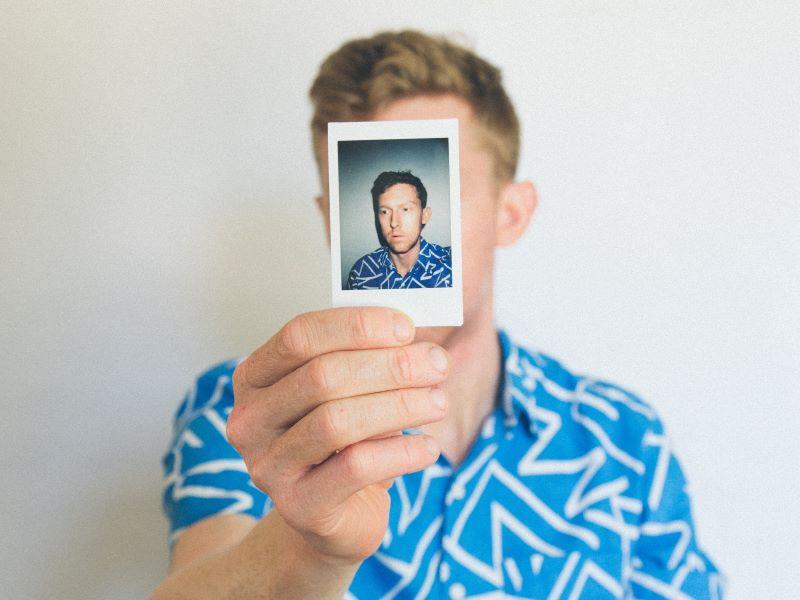
An exciting project to guide students to cultural self-definition
In the 1970s, when I was a little girl growing up in rural Appalachia, North Carolina, we were taught a sense of place. It was all part of a larger movement called the Foxfire Project, which started in 1966 when an English teacher used experiential learning methods to empower Appalachian students to capture and narrate their individual cultural identities. By 1972, the group had so many stories that they collected them into a national best-seller, and an American generation learned of the proud traditions of my people. Being taught to understand my cultural identity gave me an early sense of agency that stays with me as I write to you.
When I left those mountains in the late 1980s, I learned that not everyone appreciated our unique Scotch-Irish dialect or the traditions that supported our colloquialisms. You see, in 1972, famed Southern fiction writer James Dickey had his Southern landscape translated into the blockbuster, now cult classic, film Deliverance.
- How leaders can and must work together to address inequity
- Belonging: why it is the next step on the equity, diversity and inclusion ladder
- It is about ‘people knowing who I am’: reflections on how to guide inclusion work in universities
While many people read our stories through 1972’s loving eyes of Foxfire, millions and millions also watched the megastars Burt Reynolds and Ned Beatty explore taboo acts in human nature as if such actions were part of our daily Appalachian landscape. My people became part of a mixed message: we are either elegant in our rural ways, or we are backwards and fair targets for off-colour humour at our expense.
Every culture can cite examples of such mixed messages. Everyone, at some point, experiences conflicting representations of their culture. But do we ever really get a space to talk about those conflicts – how they hurt us or, better still, how we can move past that conflict?
Our classrooms can be that space.
Guiding students to cultural self-definition via lived experiences like mine is a model in line with today’s push for culturally relevant curriculum.
To begin this important work, we can guide students through:
- conducting interviews with those in their daily lives
- leveraging those interviews to research how cultural perceptions permeate the larger culture
- mediating points of cultural conflict through personal free-writings.
The project might look something like this:
- Offer a resource like this Washington Post article for selecting the dialect that most closely aligns with students’ speech patterns. If a student was influenced by several regions, perhaps due to frequent moves, allow selection of the dialect most reflective of the student’s current speech identity.
If English is not the native language, a student may want to talk about the dialect through which English was acquired – ie, the dialect used by the teacher or teaching materials.
In a free-writing session, ask students to reflect on what they’ve discovered about their own dialect.
- Once students have named a dialect, have them interview* two to five people they know to learn how others perceive their dialect in a cultural context. For example, a student may choose a parent who helped with language acquisition or a co-worker who speaks with a different dialect.
You may offer students a resource such as this Virginia Tech handout to guide them in selecting good interview methods. Key areas of focus for interviews might include questions such as:
- When you hear me speak, does my dialect remind you of any celebrities, songs or movies?
- If so, what is your impression of what that type of English represents?
- Has knowing me impacted your understanding of those former ideas about people who speak the way I do?
*Remember the importance of offering free-writing sessions at the end of this step in the process.
- Once students have conducted interviews, compiled them and reflected on that process in a free-writing stage, collaborate as a class to locate avenues for further research. Offer them a resource like this social psychology primer from Pennsylvania State University to solidify how research and writing connect to the larger process of self-definition within a larger culture. Research questions can include:
- Did you locate any points of conflict in the interviews?
- Are there any songs, films, fashions or other pop culture artefacts informing those stereotypes?
- Are there any historical events, laws or ideals that perpetuate these ideas about your culture?
- Are there groups or organisations addressing these stereotypes?
- When compiling the layered work in this project, remember that students share best when they have options, which may include a portfolio of artefacts, from journal writings to PowerPoint presentations, that can be enhanced with their own videos, audio recordings or visual arts.
A bonus: administrators will love this task, as it translates easily to rubric models such as Bloom’s taxonomy, a common tool for measuring critical thinking.
From a pedagogical perspective, what do we learn when we prove to ourselves that lived experience is not always as the world defines us? We learn that we want tolerance, and by generating these projects with colleagues in a classroom, we learn that their lived experiences deserve the same.
Stone Meredith teaches college-level composition, literature and philosophy courses at Colorado State University Global. She is the founder of the Clever Chicas Project, a not-for-profit movement celebrating ordinary women doing extraordinary things.
If you found this interesting and want advice and insight from academics and university staff delivered direct to your inbox each week, sign up for the THE Campus newsletter.




